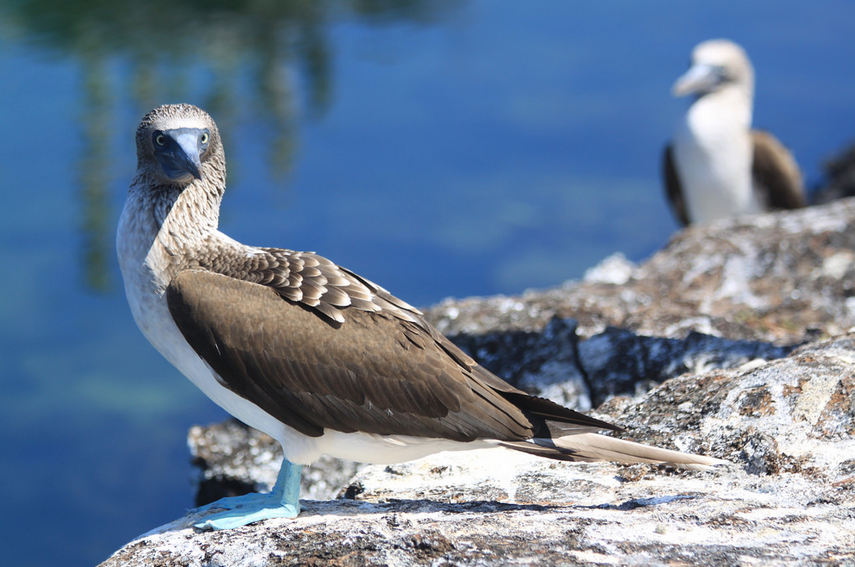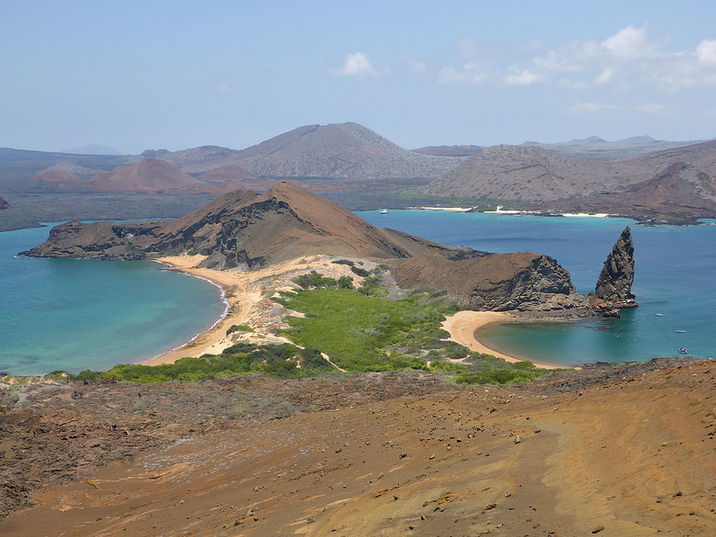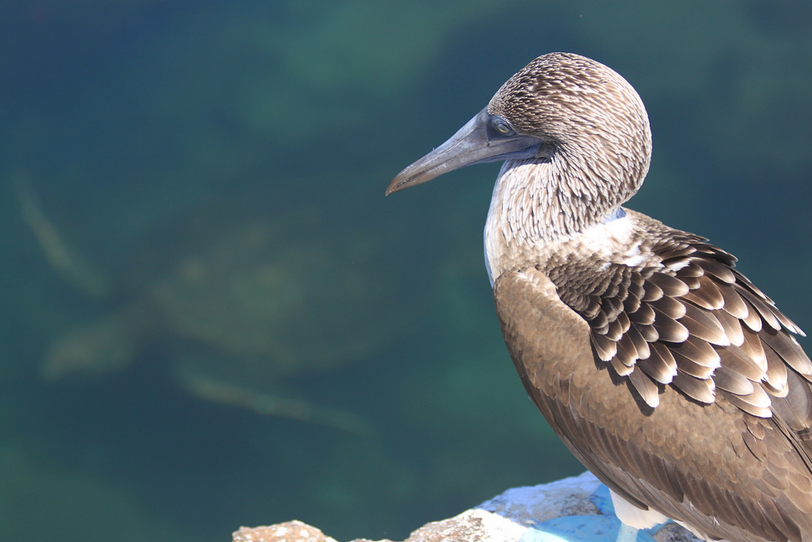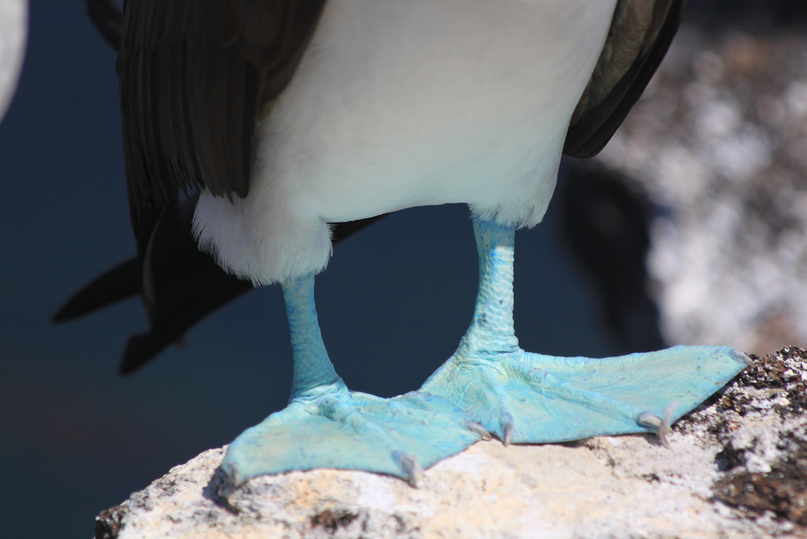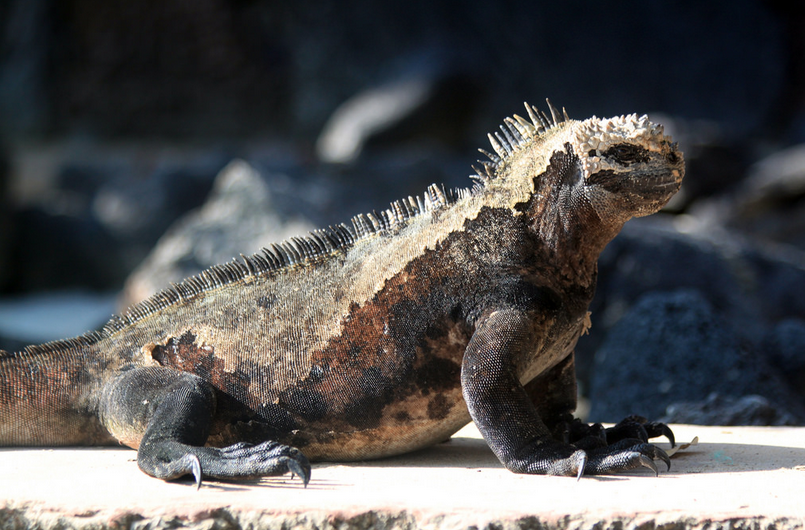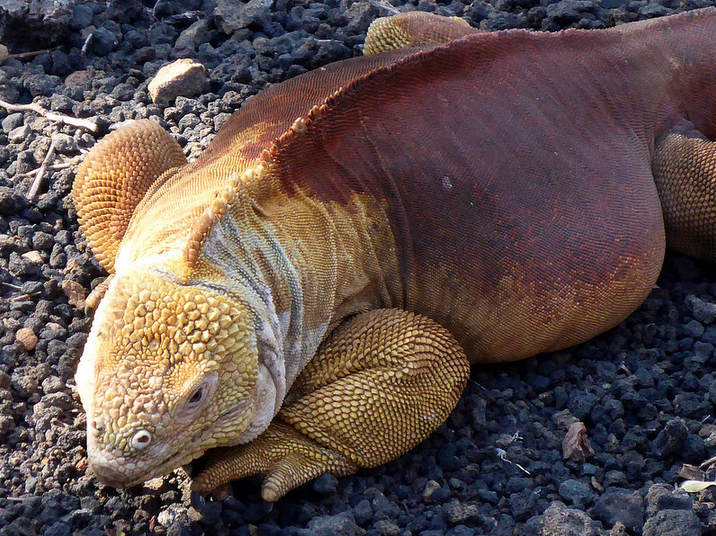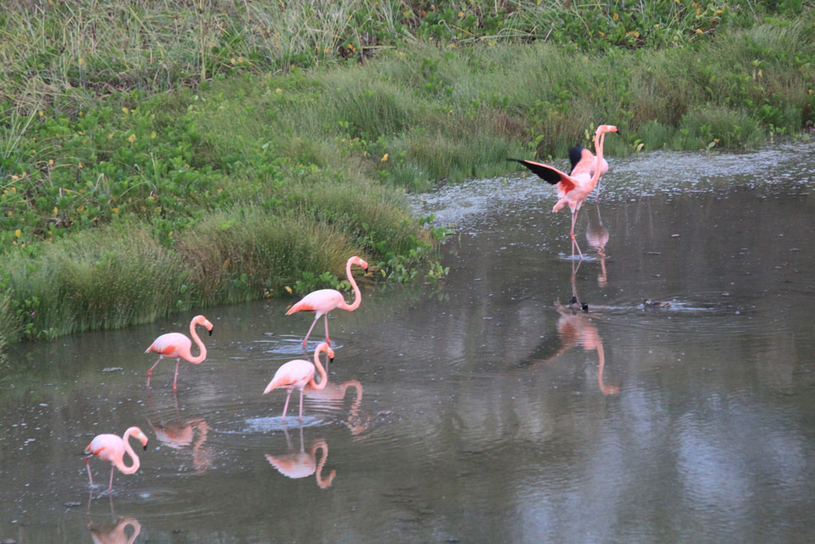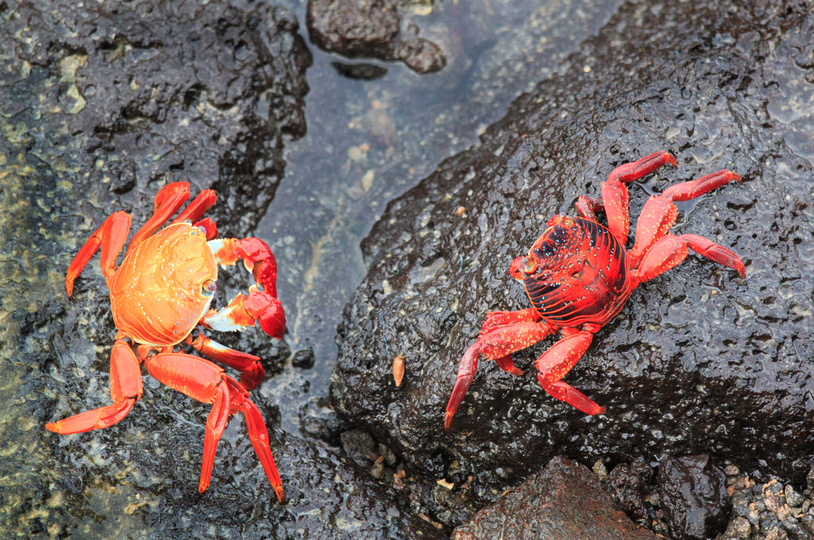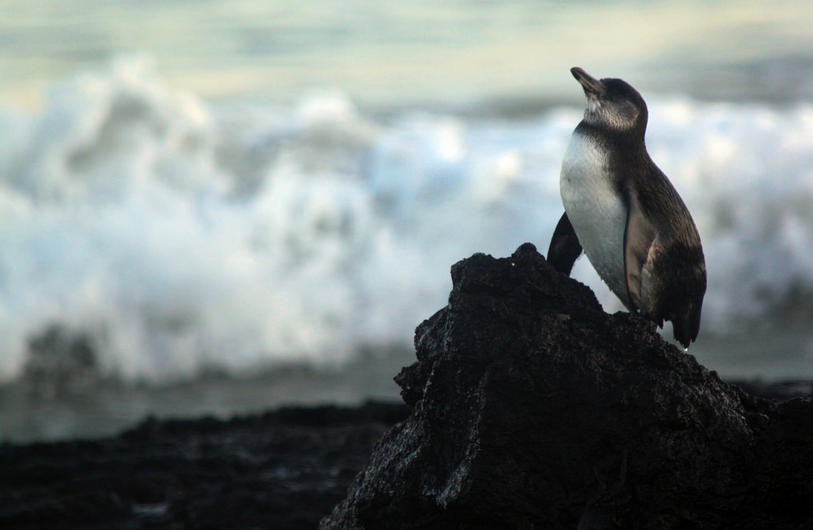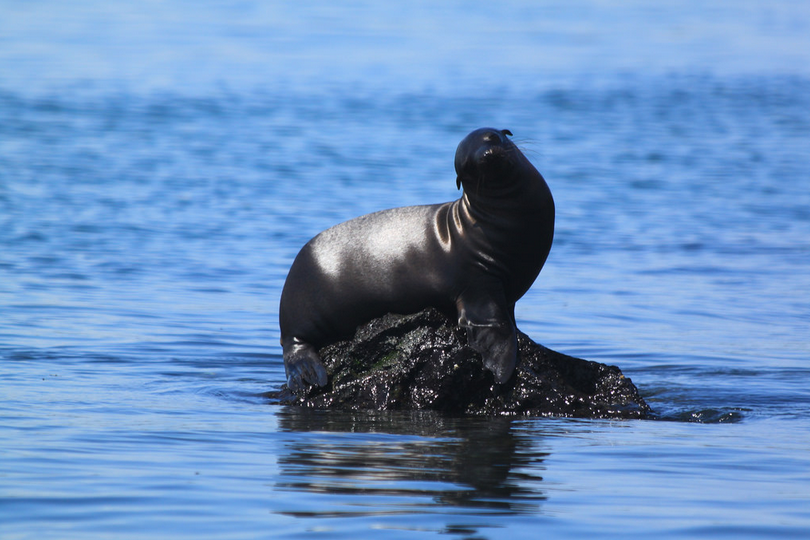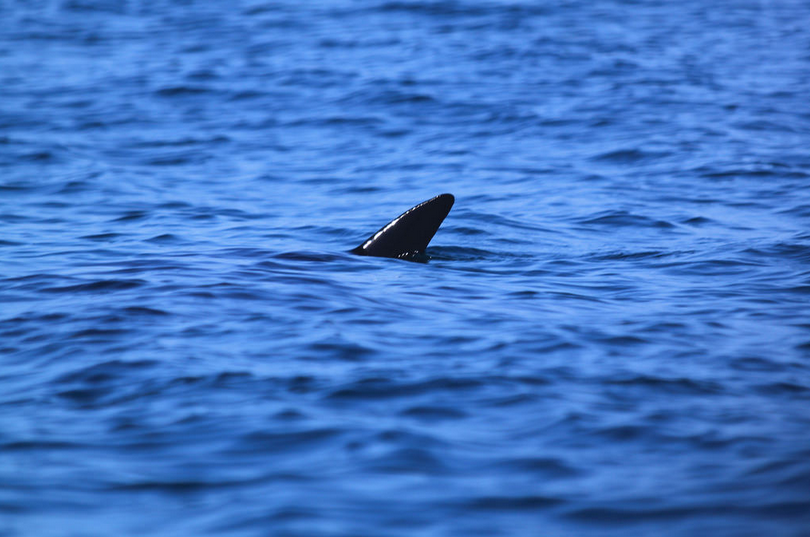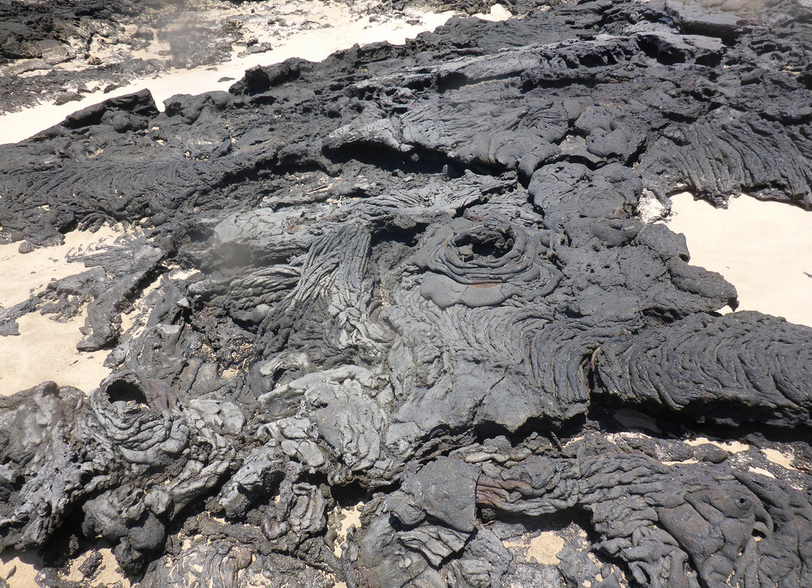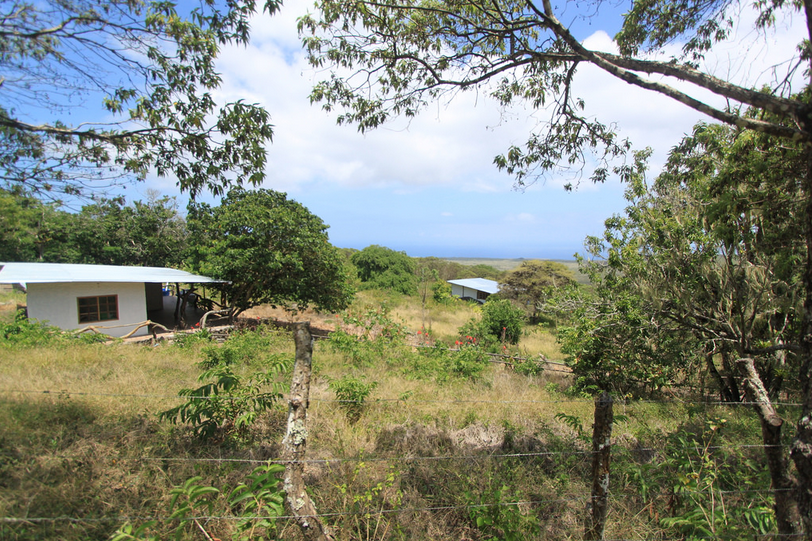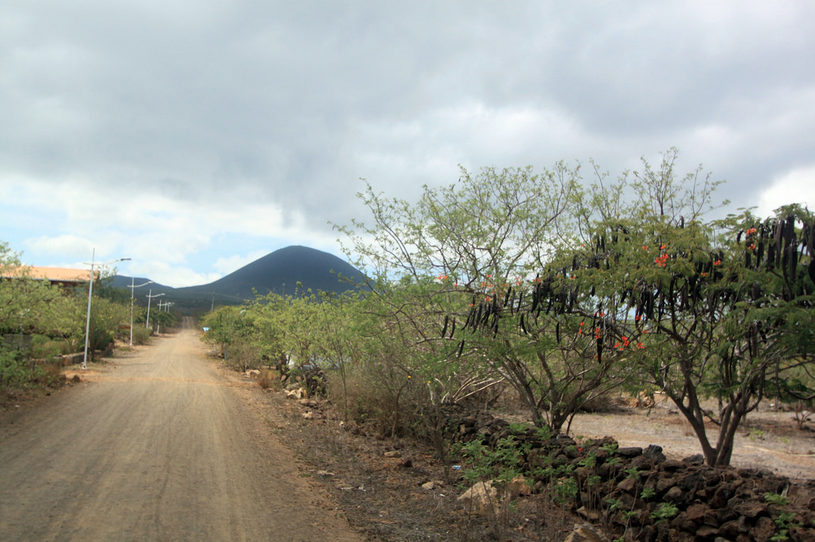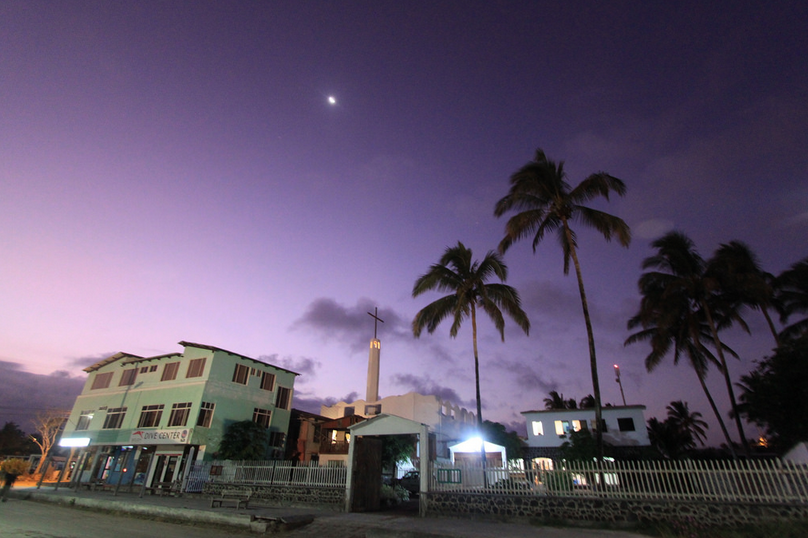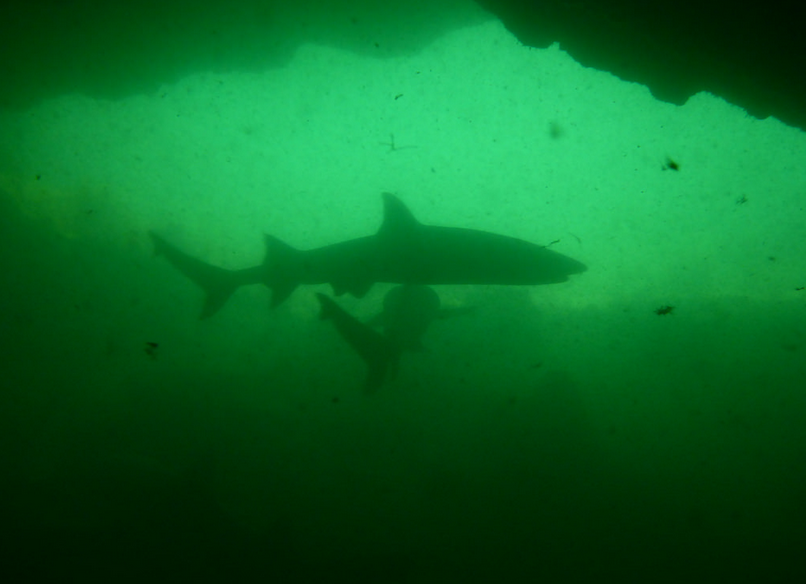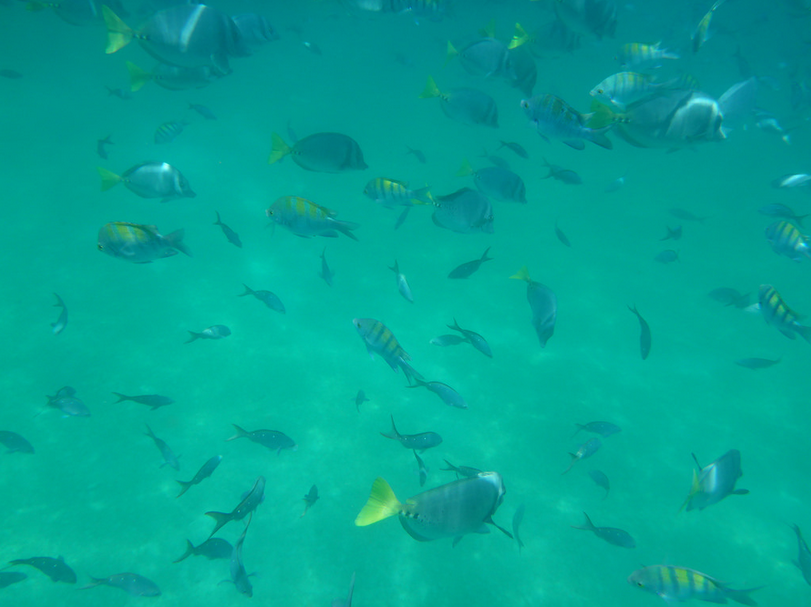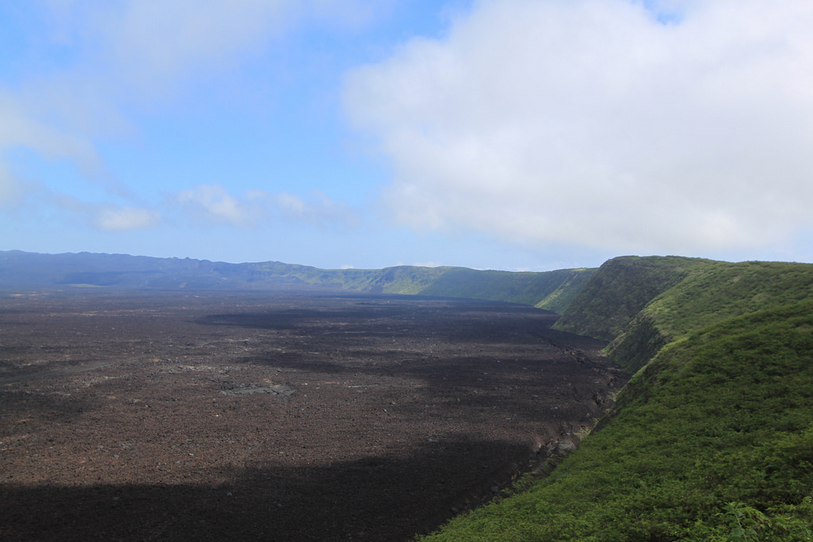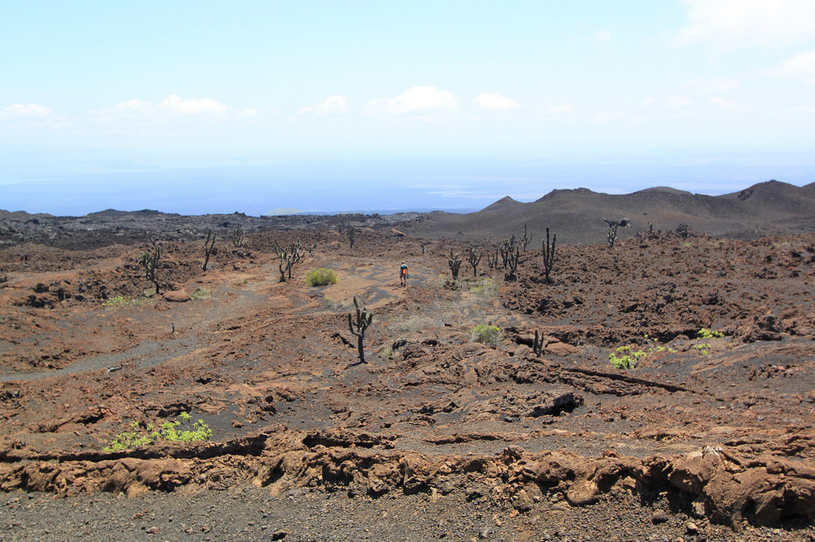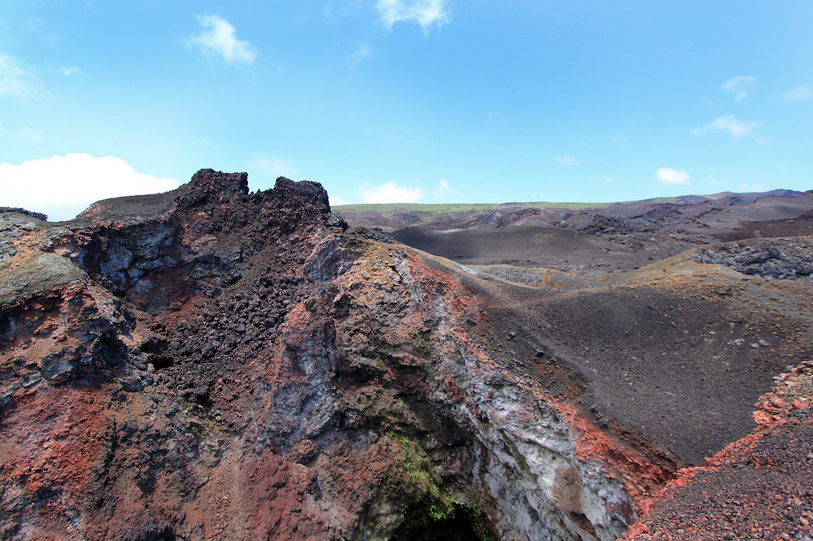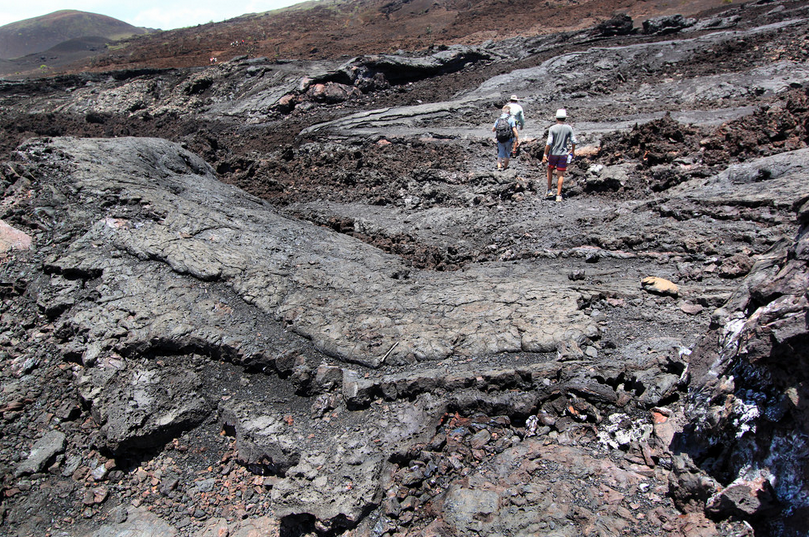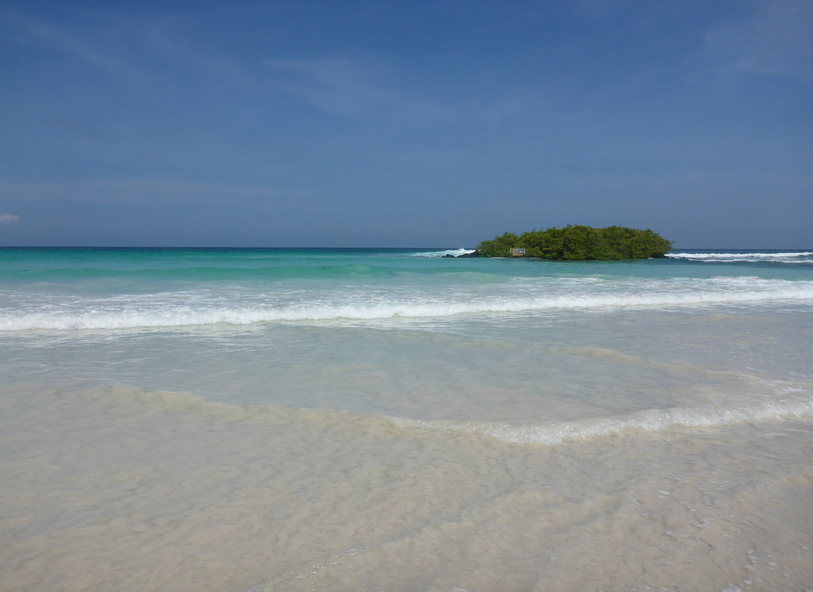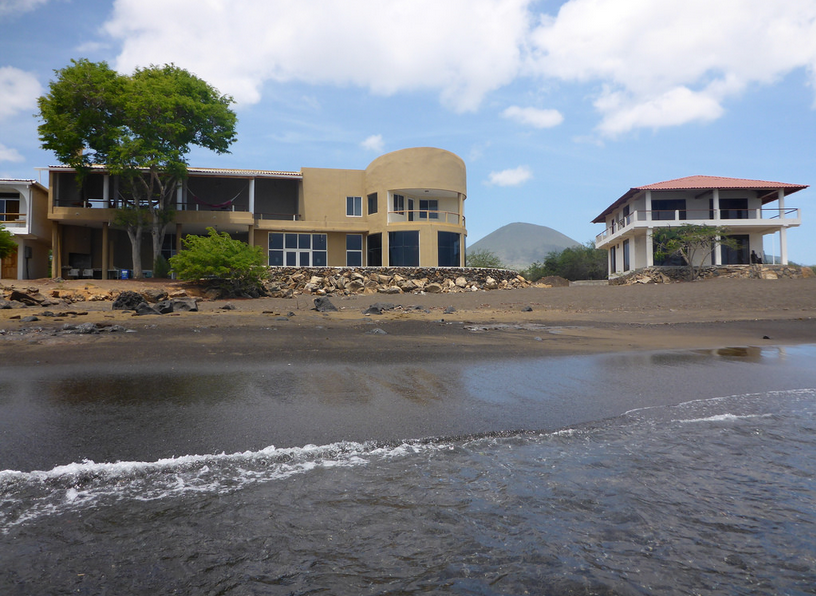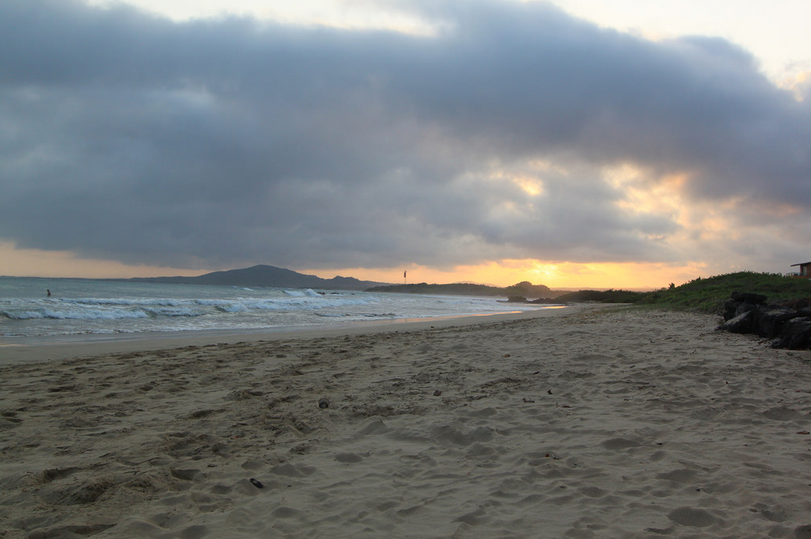The Galápagos. A cluster of volcanic islands, teeming with rare, exotic wildlife, rising out of the Pacific Ocean some six-hundred miles off of mainland Ecuador. Sounds like an expensive trip, doesn’t it? Sure, it can be. But it doesn’t have to be.
Don’t get me wrong, the Galápagos aren’t exactly a backpacker destination. The costs of getting there alone will run you at least $500—including a ~$400 flight from Quito or Guayaquil, the $100 park entry fee, and the $10 transit control card. (Word of advice: do NOT lose that card, or you may end up missing your flight home if no one is around to sell you a new one upon departure.)
But really, once you get to the islands you can spend as little or as much as you want and still have an awesome time. So if you’re considering a trip to the Galápagos, or even just looking for a unique beach vacation, hopefully this guide will help you determine whether or not the Galápagos Islands could be in your near future.
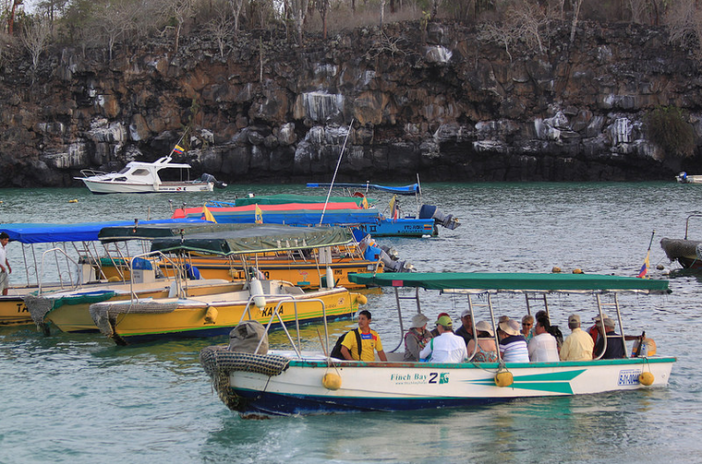
All about the Galápagos Islands…aka the stuff you can easily find on Wikipedia.
The Galápagos are a National Park and UNESCO World Heritage Site, so much of the land and surrounding marine area is carefully monitored and preserved by park authorities. The archipelago is made up of about 13-18 main islands and a few smaller ones (everyone will tell you a different number). Of those, only four or five are inhabited, and the rest you need to be with a tour guide to access.
The population is roughly 25,000, with about half of those people living in Santa Cruz. I showed up expecting an untouched, desolate paradise with like a 100:1 sea lion to human ratio, so I was definitely surprised to see the town of Puerto Ayora full of bars, souvenir shops, restaurants, cars, and people.
You can easily research the different islands to find out which are best for your visit, but here are a few notes I took on the ones that stood out to me:
Bartolomé– uninhabited island with the breathtakingly scenic Pinnacle rock, and an awesome lava flow that spills right onto a white, sandy, deserted beach.
Española- I didn’t visit but since it’s the oldest island, it sounds like a kickass wildlife spot with tons of endemic species. It’s also the furthest South so unfortunately it’s not an option to visit on a day trip, only on a cruise, which we’ll jump into more in a minute.
Fernandina- basically an active volcanic island covered in old black lava flows. I got excited thinking I’d be able to see active lava flows, but after reading that tours don’t take you anywhere near the crater, I chose not to go.
Floreana- most people I spoke with liked Floreana, but I thought it was worth skipping. We saw some tortoises, did a small hike, visited a painfully rocky black lava rock beach with cloudy snorkeling due to the current, and of course stopped by Post Office Bay. Nothing special.
Isabela- my favorite Island that I visited, and not just because it’s shaped like a seahorse. There are volcanoes to hike, flamingos to see, and penguins and sea lions to swim with. Population is about 2,000 people, and the largest town of Puerto Villamil has dirt roads, no ATMs, and is super chill. I just wouldn’t recommend diving here because there’s only one dive shop on the island and they’re not exactly the most reputable bunch.
North Seymore Island- an easy day trip from Puerto Ayora and a good spot for beginner divers.
Rabida- red beaches. Enough said.
The #1 way to save money
The biggest way to save money in the Galápagos is to stay on land. It’s what I did and it’s the only way I can recommend making a trip to the Galápagos affordable (unless of course you have your own sailboat and you’re sailing down there and living aboard your own boat for free).
When most people talk about dropping thousands to visit the islands, that’s because they’re taking a cruise. These small boats of roughly 20 or so people set you up with a tour guide and tout you around to a new island each day. If you book in advance it looks like you’ll spend at least a grand—all food and excursions included—but you can also get some pretty good deals if you book last minute from the islands (not sure if I’d risk taking that chance during high season though). A lot of people aren’t even aware that you can stay on land too, for as low as $15/night in Puerto Ayora (the main town of the Galápagos), and take much cheaper day trips out to visit a number of islands.
The only downside I could see to staying on land is that you won’t be able to visit some of the islands that are much further out. But there’s so much to do and see on those nearby islands, you can easily fill up a ten-day trip without missing a thing.
Tell me more about these day trips
Most island day trips head out of Puerto Ayora, on Santa Cruz and will run about $60-$110 depending on the island, usually with lunch included. Walk along Avenida Charles Darwin and you’ll be able to book whatever trips you want from a number of vendors.
I would suggest figuring out which spots are must-sees for you, then choose a good base island or two. For example, I stayed in Puerto Ayora for five nights and took day trips out to Floreana and Bartolomé, while also spending some time exploring the island and beaches by bike and foot. Then I took the $40 water taxi to spend my last four nights on Isabela, where I walked out to the Flamingo Lagoon to see pink flamingos for free, went on a 6-hour hike up to Sierra Negra and Volcán Chico for only $35 (including lunch), and dropped $75 to go snorkeling at Los Tuneles. Sounds like a lot for a snorkeling trip, but this was a guided tour snorkeling through old lava tubes, coming across caves of sharks and manta rays, seahorses, and swimming with baby sea lions. Worth it.
All in all I spent around $300 on at least five days worth of trips and was busy every single day.
Diving is another popular activity, but just like anywhere else it’s not cheap. There are tons of dive shops in Puerto Ayora that’ll likely run you around $110-$175 for a two-dive trip along with some food and underwater photos. But when you’re 40 feet down swimming alongside hammerhead sharks, it’s obviously worth it. Even if you start puking like I did.
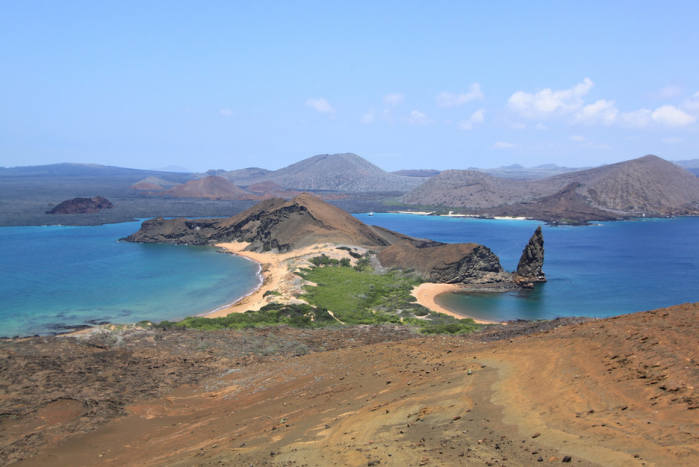
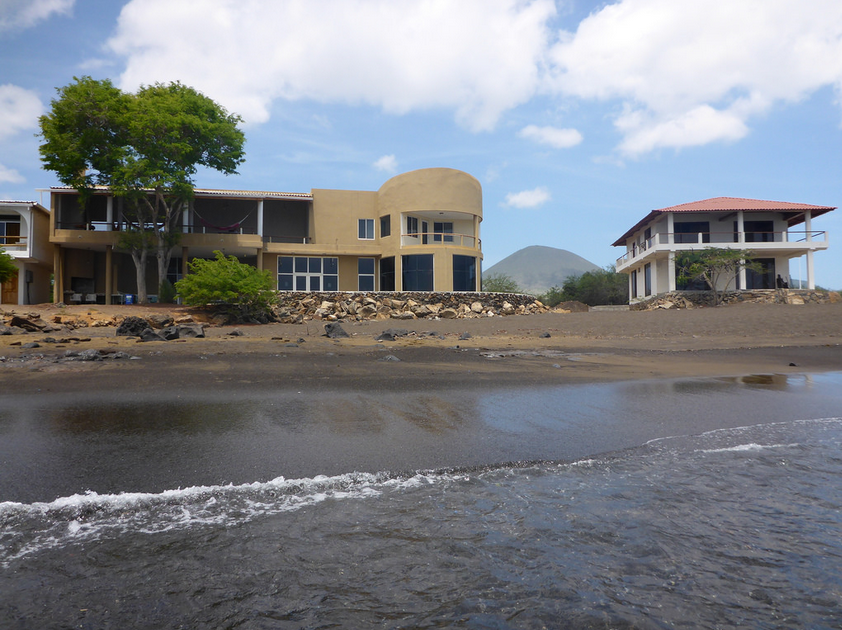
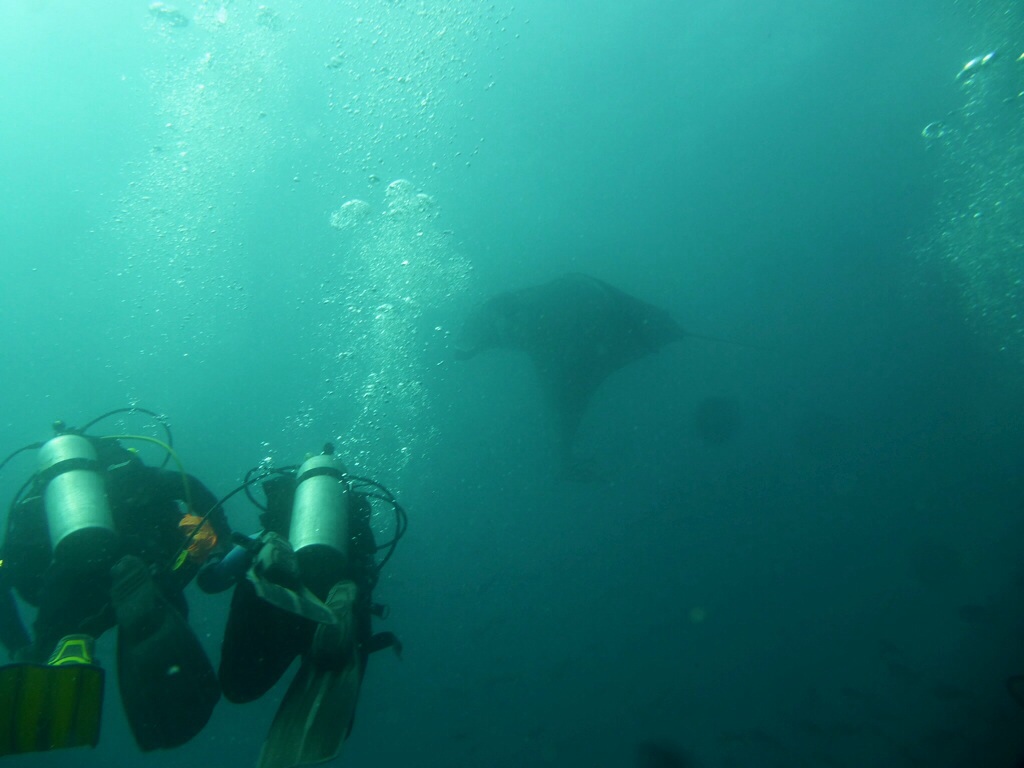
Where should I stay?
Like I’ve mentioned a few times already, Puerto Ayora on Santa Cruz is a good place to start because it’s basically the main hub of the islands. There are a bunch of hotel options including backpacker friendly hostels for less than $15/night, more private hotels and b&b’s for around $50, and a few fancy way-out-of-my-budget places that I think were around a couple hundred a night. But with so much hustle and bustle, I wouldn’t recommend staying too long or you might start to forget you’re in the Galápagos. There are also a couple of desolate high-end resorts up in the highlands that are pretty far from the coast, and I’d imagine quite expensive.
Puerto Villamil on Isabela is another great town, and one of my favorite places I’ve ever been to. I stayed at Caleta Iguana in the $70/night private room with a private bath, which included a delicious homemade breakfast every morning. It’s right on the beach, and has the most happening happy hour in town. Every evening people come from all over the town to have a few drinks, walk across the tightrope, party around the fire, listen to music, sway in the hammocks, and watch the sun set.
Sounds awesome. So how do I get there?
For some reason a lot of people ask me this, and I have to bite my tongue to keep from giving some smartass remark about a booking site and an airplane.
Flights travel from mainland Ecuador either through Quito or Guayaquil, and take about 2-3 hours depending on which city.
There are two airports in the Galápagos, one on Baltra and one on San Cristóbal. Most people (including me) fly into Baltra, which is a tiny island just north of Santa Cruz that basically looks like Mars. After landing you’ll jump on an airport bus which will take you to the docks for free. From there you’ll cram into a water ferry, which is actually like an oversized canoe that will leave you questioning exactly how buoyancy works with that many tourists. As it chugs against the surprisingly strong current, the reality is that you could probably toss a football over to Santa Cruz so it’s a fairly quick transfer for $0.80. Once you’re on Santa Cruz you can catch a bus through the highlands, all the way to the other end of the island to Puerto Ayora. It takes about an hour and only costs about $1.50, but they cram the shit out of the bus. I enjoyed the bumpy ride while crammed between seats on the plastic astroturf-like floor.

I can’t tell you much about arriving in San Cristóbal, as I didn’t get the chance to visit. But I do know it’s the easternmost island with a population of about 6,000 people, and I’m told you can sunbathe alongside sea lions if you visit the beach.
Either way, transportation between the islands will run you roughly $40 for a ferry ride, and take about 2-3 hours, so limit and plan your transfers wisely.
What are some free/cheap things I can do while on land?
You’ll need a tour guide to access many places, but there are still a ton of free things you can do that are just as cool.
Santa Cruz
– Explore the Darwin Research Center and visit the giant tortoise and iguana breeding center.
– Walk to Tortuga Bay. Once you reach the entry point just outside of town, locals will tell you it’s about a 20 minute walk. Bullshit. I didn’t have a watch or phone on me but it’s definitely closer to 45+ minutes. Despite the heat and humidity it’s an easy walk, but once you emerge from the partially tree-covered pathway, you’ll see a long white stretch of gorgeous, untouched natural beach with perfectly blue and white waves breaking at the shoreline. This area’s a bit too choppy to swim but there will likely be a few surfers in the water along with some sharks flapping about in with the waves. Walk another 15 minutes or so to the end of the beach and you’ll come across the swimming bay which is much calmer, and probably at least a little crowded with locals. You can even pay a few bucks and take a kayak out to explore on your own.
– I didn’t make it up there, but if you’re all about seeing some giant, old ass tortoises in their natural habitat, head up to the highlands and explore El Chato Tortoise Reserve.
– Cliff diving at Las Grietas. Intrigued? It costs like 50 cents for a 15 minute water taxi ride from the Puerto Ayora docks, and a short hike until you’re there. It’s basically a crevice between two cliffs where salt and fresh water meet, and the lack of a current makes it a popular spot to swim and take daring jumps.
– Grab a bike and explore the city. I hopped on a mountain bike and went as far as I could before the hill started to get to be too much for my lazy ass. I rode around the back streets and explored the neighborhoods and it was definitely a day well spent for only a few dollars.

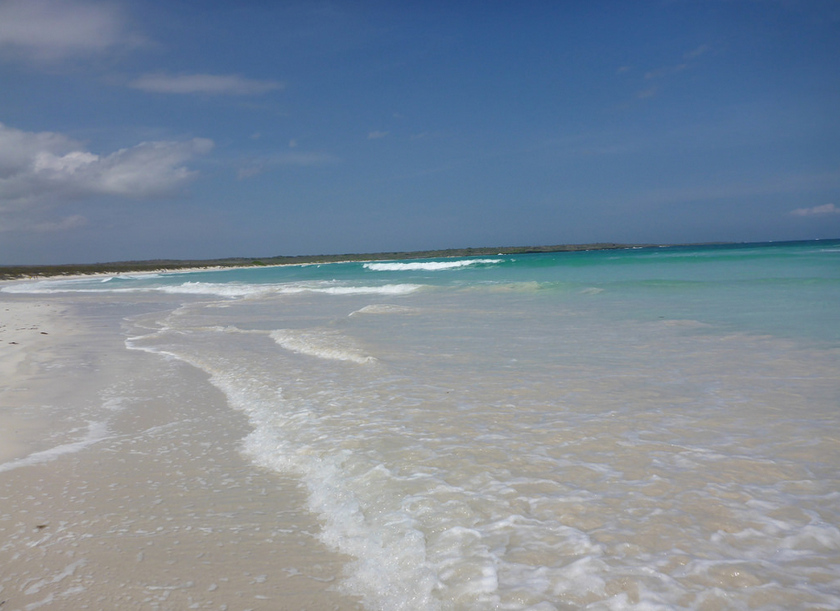
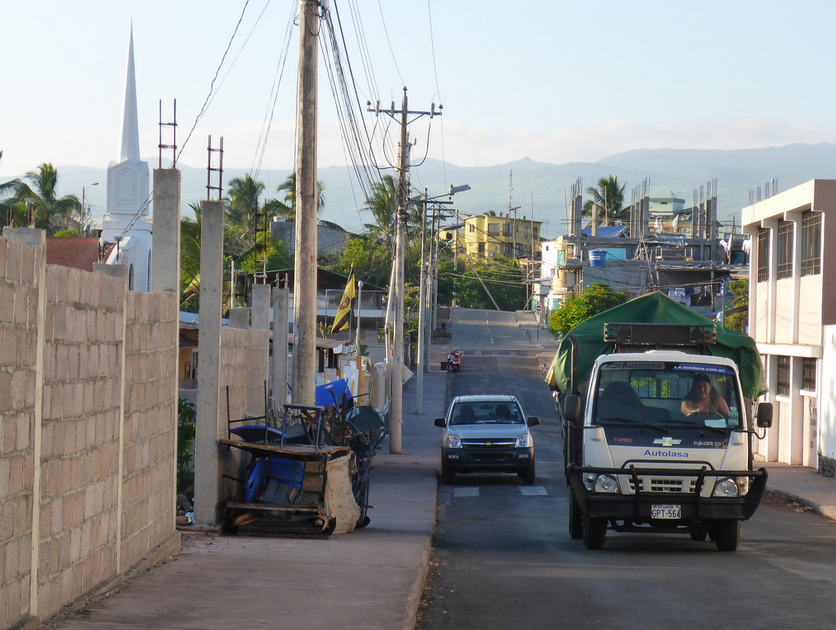
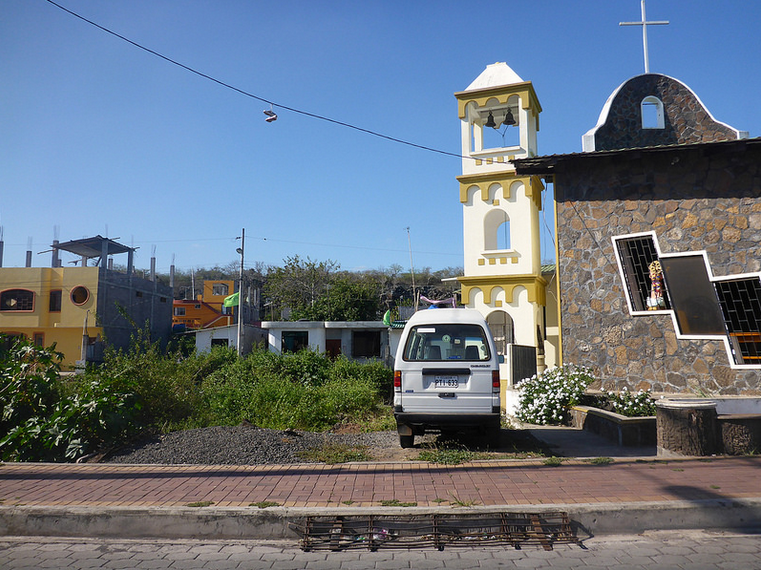
Puerto Villamil, Isla Isabela
Isabela is an incredibly behind-the-times island with painfully slow internet, which was absolutely perfect. It’s really easy to spend mornings exploring and afternoons napping on the beach without a worry in the world.
– Hike Volcán Chico/Sierra Negra. The guided volcano hike is only $35 with lunch, and in my opinion totally worth it. Not so much worth it if you just hike up to Sierra Negra, but definitely so if you continue on to Volcán Chico. Here’s more in-depth info about what to expect on that hike.
– Walk up to the Flamingo Lagoon. There’s a manmade lagoon where flamingos tend to hang out. A pickup truck taxi will charge $10 to take you there, but you can easily walk or bike there for free. Follow the main road that runs along the water (I didn’t see a name because it’s a dirt road and I really don’t think there even was a name). Pass Caleta Iguana, the hot pink beachfront hostel on the left, and the Booby Trap cafe/restaurant on your right, and turn right up the dirt road. You’ll pass La Jungla hostel and a soccer field along the way, but keep walking. Locals will tell you you’re super close, but it took me about 20-25 minutes to get there. Eventually you’ll come to the Tortoise Breeding Center, and finally the lagoon.
– Walk on the beach. There are Galápagos penguins and gorgeous sunsets right there, so really there’s no reason to leave.
– Go down to the happy hour at Caleta Iguana, the Westernmost hostel/hotel on the beach, and hang out for some drinks and watch the sunset.
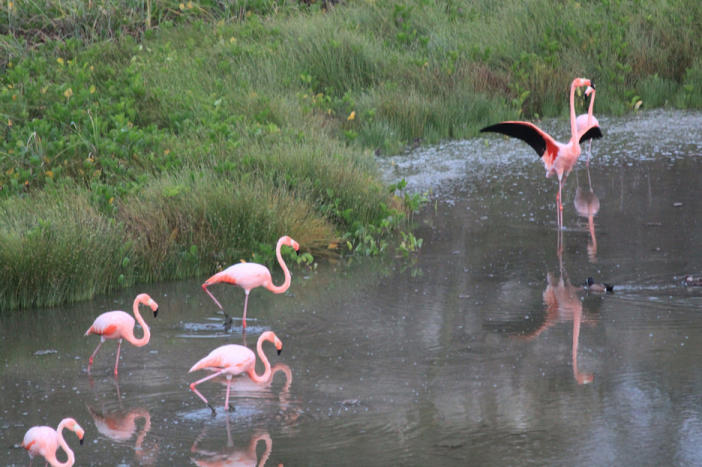
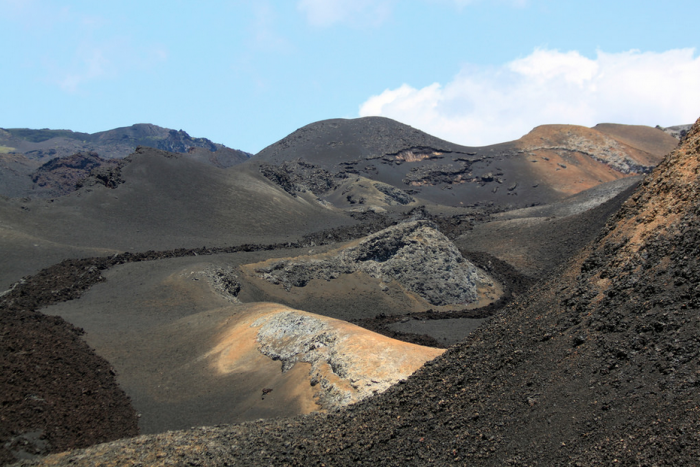
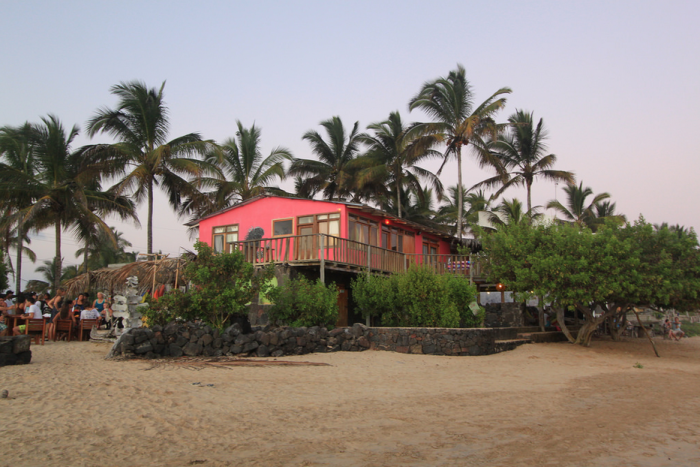
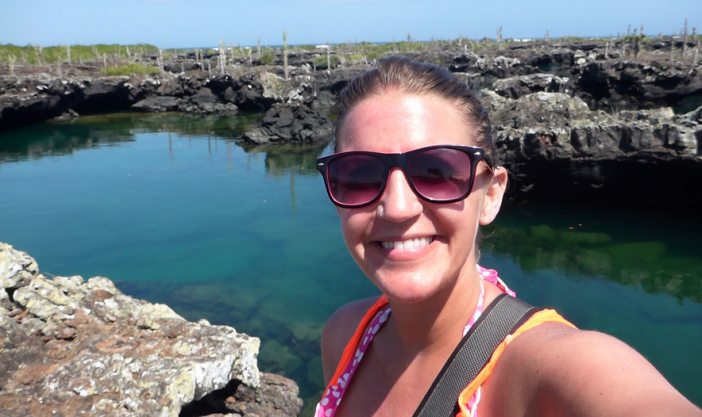
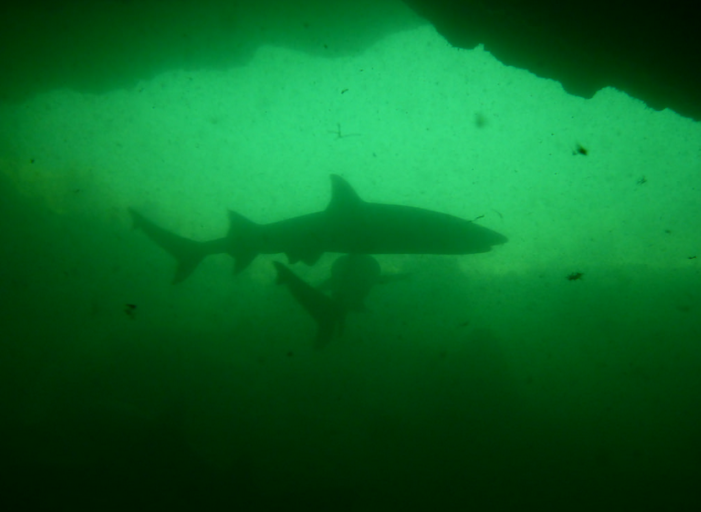
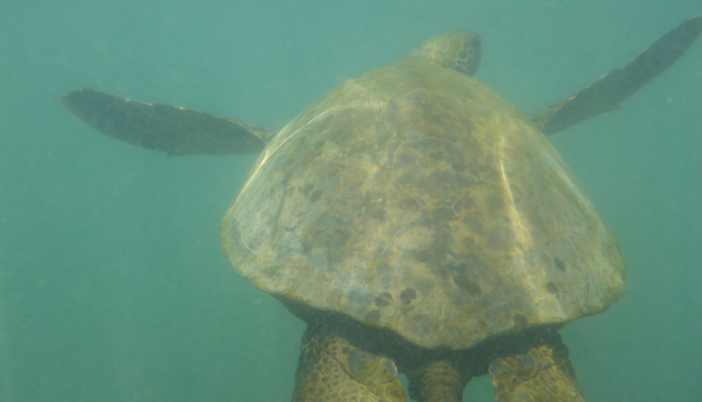
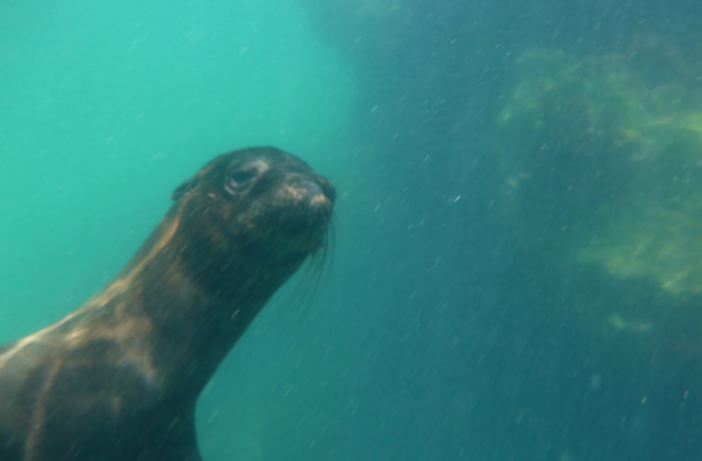
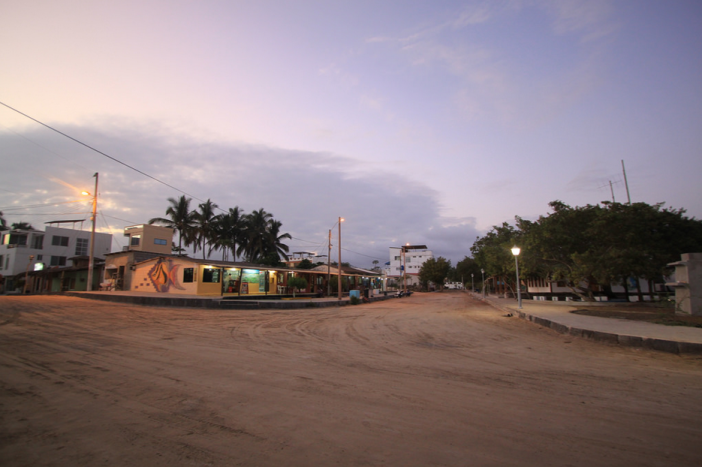
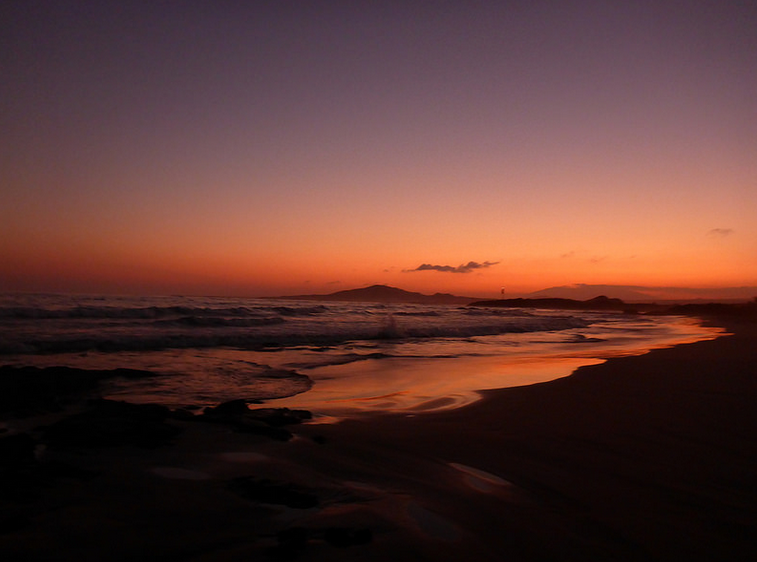
Other helpful things to remember/expect/know
Go during low season
The weather is generally the same year round, but low season is April, May, September and October. I’d suggest going then to avoid the crowds, and you may even save a few bucks on day trips and cruises.
The Galápagos are a tsunami zone
Especially if you don’t know Spanish, at least learn the escape route so when you hear the sirens start waling and see people start running, you know what to do. On Puerto Ayora I learned the hard way that you should head uphill on Av Baltra until you reach Bellavista.
They’re also not necessarily a beach destination
There are quite a few beaches, but they’re not really easy to get to. You generally can’t stay on a resort and walk outside to lay out during the day. In Puerto Ayora, it’ll take an entire day to head to the beach, and on many other islands the beaches are rocky or take a lot of time to get to via boat.
Don’t flush toilet paper
Sure I bitched about this first world problem in London, but being in such a fragile environmentally-friendly ecosystem, I was actually more than willing to comply.
Bring enough cash
Some of the islands don’t have ATMs, and many places don’t accept credit cards. Puerto Ayora was fine—it had at least one ATM and one bank, but Isabela had neither. I was told sometimes tourists withdrawal more money than the ATM has anyway, so sometimes they’re left SOL. To be on the safe side, bring a bit of cash.
USD is the official currency
Despite being a province of Ecuador, the official currency of the Galápagos Islands is actually the US Dollar. So if you’re traveling from the US you don’t have to worry about losing money in exchange rates or frequent trips to the bank.
Bring protection
No not that kind of protection ya pervs. Okay wait actually, yeah you should probably do that too if you plan on getting freaky. But I’m talking sunscreen. Like any island, items are marked up. Like $30 for a small bottle of sunscreen. So bring what you need, the sun is ridiculous down there. I usually don’t wear sunblock on vacations, but the whole trip I was slathered up in SPF 30 every day and still left with an almost-Latin tan. Than being said, I stupidly took a 4oz Neutrogena sunblock and another travel size stick with me and had to buy more halfway through my trip. Bye bye money.
Walk an extra few blocks for food
If you visit any of the restaurants along Avenida Charles Darwin in Puerto Ayora, you can expect to pay tourist prices. I’m used to New York prices, so $9 for a beer, a cheese sandwich, and an order of fried plantains and queso was a steal. But if you walk the extra five minutes up a couple of blocks to Bordados El Alquimista, you’ll find a road full of outdoor-seating restaurants serving up super cheap traditional Ecuadorian food and $1 beers.
There’s also an amazing little shack/bar on the playground right near the docks. Almost every night I went down and had an empanada and a large, probably 40 oz Pilsener for $4.50. Other tourists told me I was getting ripped off and could’ve gotten the same snack for about $2.50 elsewhere, but I couldn’t help it. It was awesome to sit amongst locals and try to improve my Spanish right in the center of all the port action.
Bring seasickness medicine
If you think there’s the slightest chance that you might get seasick, bring some pills. You’ll likely spend a lot of time on boats down there so it’s better to be prepared than barfing your lunch out over the side of the boat for two hours. The islands aren’t close together, so it’s common to spend 2-3 hours seeing nothing but the huge, rolling waves of the Pacific on every horizon. And those waves are not small.
Bring a water bottle
The Galápagos are hot and you’re going to need a lot of water. The locals don’t even drink the tap there, and all of the hotels I visited or researched had a water cooler in the lobby for guests to fill up on. So bring a jug and keep it full. Some places ask for donations, others don’t.
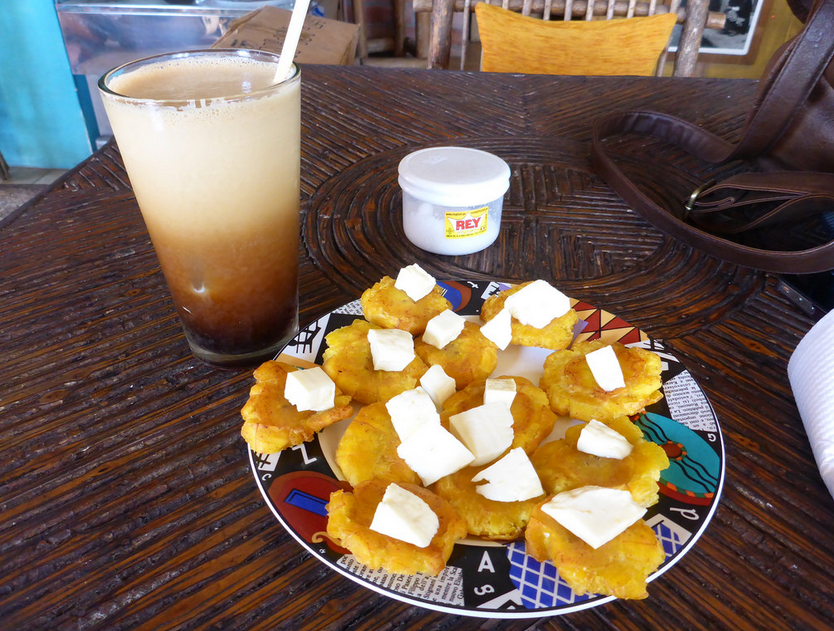
So, should I go?
For better or for worse (i’m really leaning towards worse), the Galápagos are becoming more and more popular as a tourist destination. Despite the efforts to manage tourism so that it doesn’t destroy the ecosystem, the islands are definitely suffering. You see sheets of oil across the water in the ports and litter carelessly washed up on the rocks of shore. And even though most of the islands are still uninhabited, those that are inhabited are encouraging tourism more and more. Isabela for example, is the largest (size-wise) of the islands with a population of only 2,000. At first they shunned tourism and wanted no part in it—until they started seeing the financial benefits. Now there are buildings being constructed all along the beach which actually made me a little angry. I know I know, this makes me a bit of a hypocrite. But it’s a perfect island with dirt roads and no ATMs, where everybody knows each other. Hell by the end of my trip I knew most of the locals. It doesn’t need hoards of tourists moving in, changing the local cultures and environment.
Sometimes making decisions on whether or not to visit certain places that are honestly better left untouched are difficult for us travelers who are always looking for new, unique experiences and connections. So I really think that anyone visiting the Galápagos should make a conscious decision to do so. Don’t go just for the hell of it. Respect the land, the people, and the wildlife. Learn a thing or two, and give back whenever you can. And if you do go, hopefully this guide will help with your beginning steps of planning.
